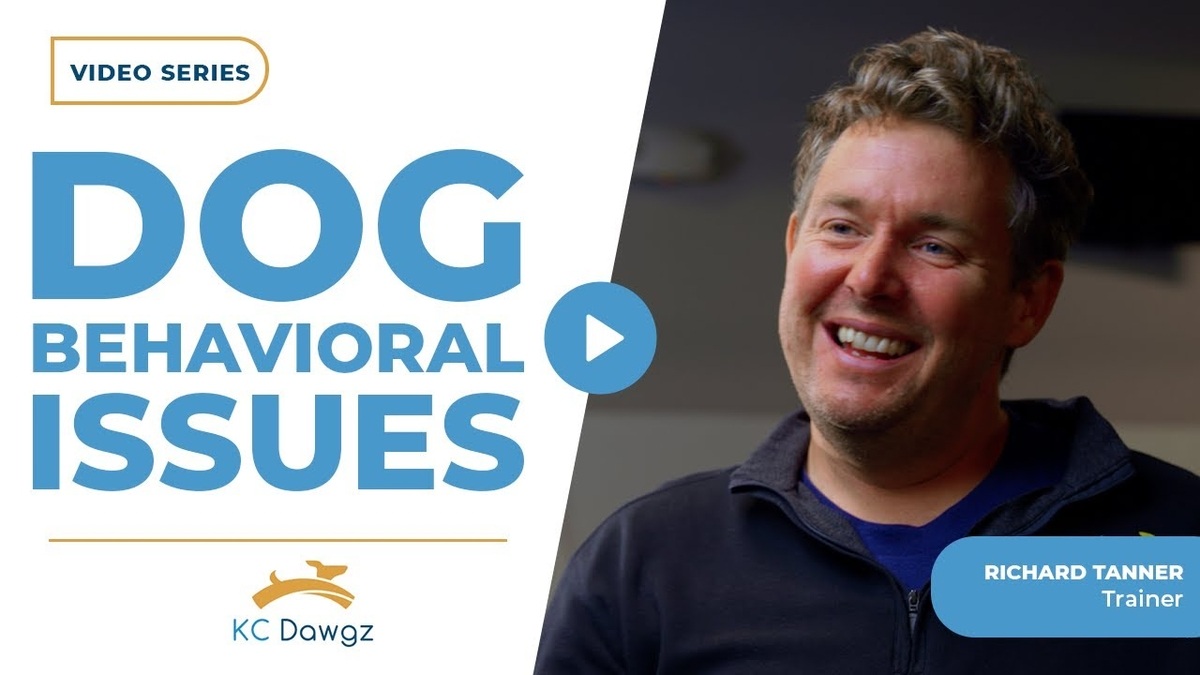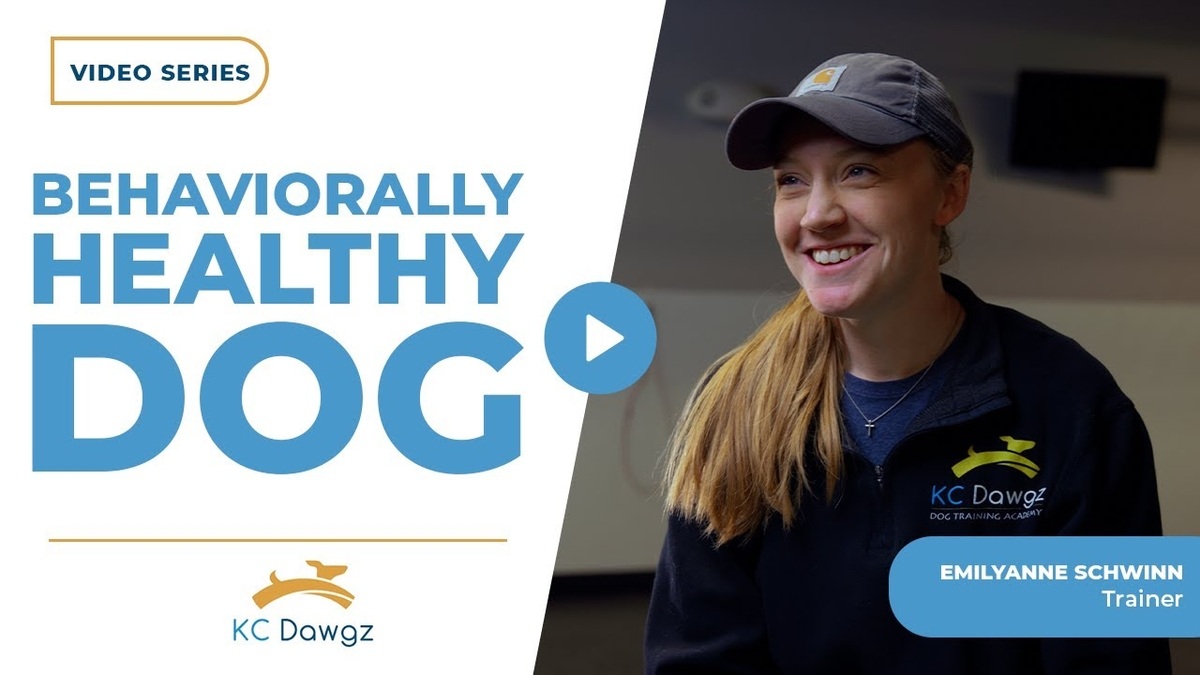Many dog owners embark on training programs with high hopes of transforming their furry companions into well-behaved and obedient pets. But how much success can you truly expect for your dogs after the program? The answer lies in your actions and commitment following the training. In this comprehensive guide, we will explore the crucial factors that contribute to the long-term success of dog training programs.
Consistency is Key
One of the foundational principles of successful dog training is consistency. This aspect cannot be stressed enough. Dogs thrive in structured environments where rules and expectations remain consistent. During the program, both you and your dog are taught certain commands and behaviors.
For these lessons to stick, it’s essential to maintain the same rules and expectations at home. Consistency not only includes using the same commands but also enforcing them uniformly. For example, if your dog was taught not to jump on the furniture during training, ensure that everyone in your household follows this rule. Inconsistency can lead to confusion and stress for your dog.
One-on-One Interaction
During the training program, whether it’s a board and train or day train program, it’s highly recommended to schedule working visits. These visits provide you with invaluable one-on-one time with a professional trainer. This personalized interaction allows you to learn how to train your dog effectively.
Being actively involved in your dog’s training fosters a stronger bond between you and your furry friend. It also empowers you to maintain the training at home consistently. The trainer can address any concerns, provide feedback, and guide you on how to reinforce the learned behaviors.
Importance of Follow-Up Lessons
Your commitment to your dog’s progress doesn’t end when the formal training program concludes. After completing a board and train or day train program, you have access to complimentary follow-up lessons for your dogs after the program. These lessons typically last for 30 minutes and involve one-on-one interaction with your trainer.
These follow-up lessons are crucial for several reasons. First, they offer an opportunity to troubleshoot any issues that may arise after your dog returns home. Sometimes, dogs might revert to old behaviors or face new challenges in their familiar environment. Second, these sessions allow you to continue learning and refining your dog’s training.
Post-Program Integration
After your dog has completed the training program, a crucial step in ensuring long-term success is the reintegration process. Each dog is provided with a protocol to ease their transition back into your home. Following this protocol is vital for maintaining the positive changes you’ve seen in your pup during training.
This integration phase involves applying what you’ve learned during the program to your daily life. By adhering to the training principles and maintaining consistency, you can ensure that your dog’s good behavior persists.
Conclusion
How much success you see for your dogs after the program depends on various factors. Consistency in applying the training principles at home is paramount. Additionally, taking advantage of working visits during the program and utilizing follow-up lessons can greatly contribute to your dog’s long-term success.
Remember that your commitment to your dog’s progress should extend beyond the program’s duration. Reintegrating your dog at home according to the provided protocol is equally essential. By following these guidelines, you can ensure a positive change in your pup for the long term.
If you have any questions or need further guidance on your dog’s training journey, please don’t hesitate to contact us. Our team is here to support you and your furry friend every step of the way.




